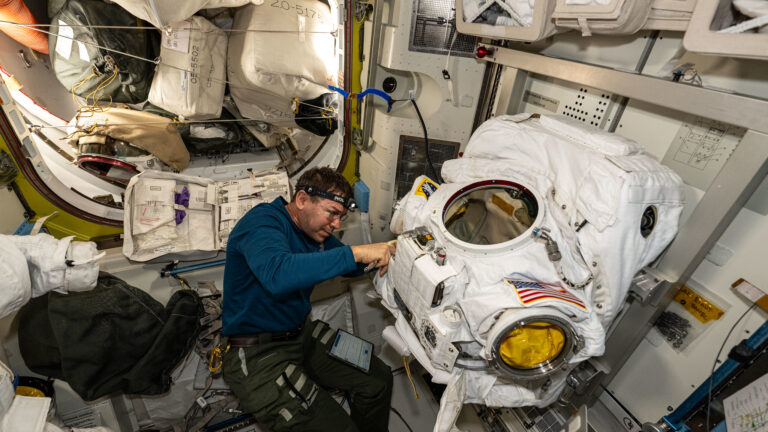Data centers powering the generative AI boom are gulping water and exhausting electricity at what some researchers view as an unsustainable pace. Two entrepreneurs who met in high school a few years ago want to overcome that crunch with a fresh experiment: sinking the cloud into the sea.
Sam Mendel and Eric Kim launched their company, NetworkOcean, out of startup accelerator Y Combinator on August 15 by announcing plans to dunk a small capsule filled with GPU servers into San Francisco Bay within a month. “There's this vital opportunity to build more efficient computer infrastructure that we're gonna rely on for decades to come,” Mendel says.
The founders contend that moving data centers off land would slow ocean temperature rise by drawing less power and letting seawater cool the capsule’s shell, supplementing its internal cooling system. NetworkOcean’s founders have said a location in the bay would deliver fast processing speeds for the region’s buzzing AI economy. 
But scientists who study the hundreds of square miles of brackish water say even the slightest heat or disturbance from NetworkOcean’s submersible could trigger toxic algae blooms and harm wildlife. And WIRED inquiries to several California and US agencies who oversee the bay found that NetworkOcean has been pursuing its initial test of an underwater data center without having sought, much less received, any permits from key regulators.
The outreach by WIRED prompted at least two agencies—the Bay Conservation and Development Commission and the San Francisco Regional Water Quality Control Board—to email NetworkOcean that testing without permits could run afoul of laws, according to public records and spokespeople for the agencies. Fines from the BCDC can run up to hundreds of thousands of dollars.
The nascent technology has already been in hot water in California. In 2016, the state’s coastal commission issued a previously unreported notice to Microsoft saying that the tech giant had violated the law the year before by plunging an unpermitted server vessel into San Luis Obispo Bay, about 250 miles south of San Francisco. The months-long test, part of what was known as Project Natick, had ended without apparent environmental harm by the time the agency learned of it, so officials decided not to fine Microsoft, according to the notice seen by WIRED.


 Loading comments...
Loading comments...
